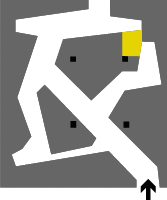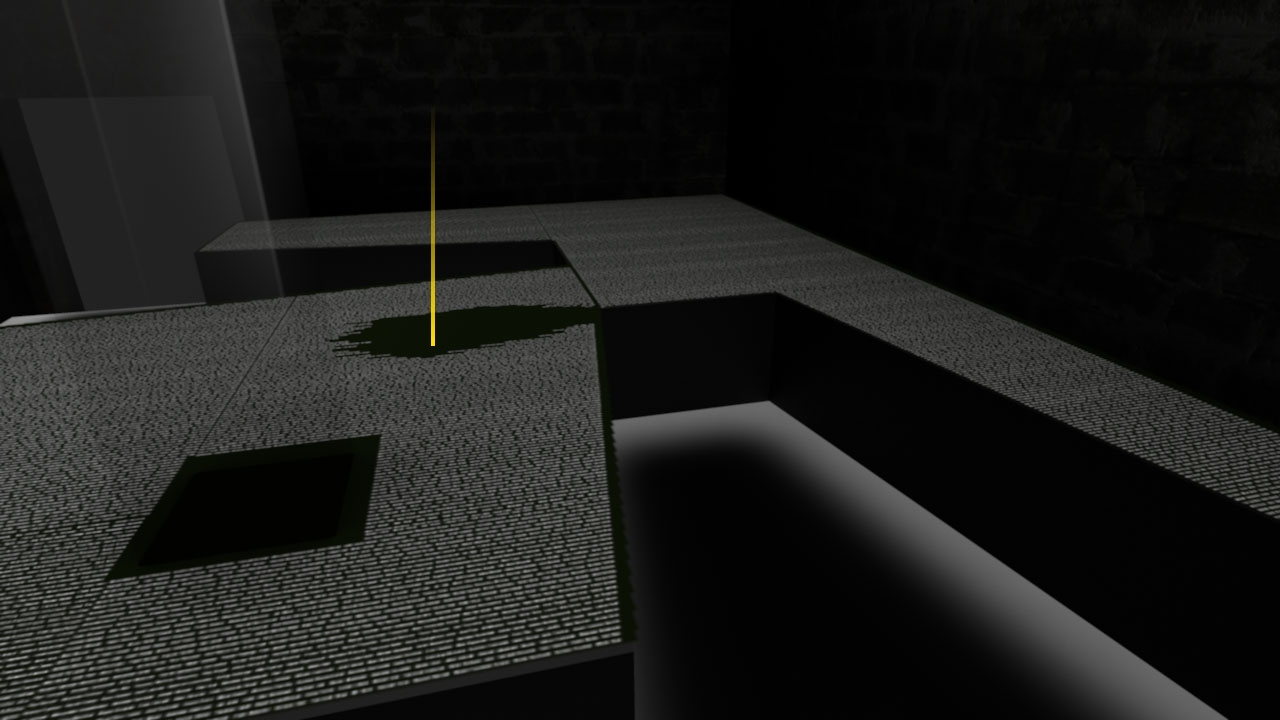Eugène Michel Pierre Lavergne 1911 - 1945
Born 6.12.1911 in Paris
Died 16.2.1945 in Mauthausen
Biography
Eugène Michel Pierre Lavergne, known to all as Pierre, was unmarried and an engineer. In the Second World War he distinguished himself during fighting on the Saarland border through his outstanding performance as an artillery officer. From 1940 onwards he gave shelter to prisoners of war on the run, whom he helped to cross the demarcation line. In 1940 he joined the Kléber intelligence service, supplying it with military information, and secured the return of Allied airplane pilots to London.
In February 1942 he was arrested for the first time in Tour (Indre-et-Loire) but was released again. In March he was arrested again in Bourges (Cher) and, on 20 June 1942, was sentenced by the court of the Feldkommandatur 776 to two weeks’ imprisonment for illegally crossing the demarcation line. After his release he tried to get to England but was unsuccessful. Following imprisonment he left the Kléber intelligence service and got involved in the Combat organisation in 1942. In 1943 he was living in Lyon (Rhône) in the rue Jarente.
At the end of January 1943, Marcel Pecq (alias ‘Battesti’, combat leader for Region 1 / Lyon), Pierre Lavergne (alias ‘Beaugé’, regional leader of the Combat secret army, responsible for Region R1) and Jean Mairey (alias ‘Fontenay’, assigned to Pierre Lavergne for political and administrative matters) called for two meetings with those responsible for Combat at département level in Chambéry (Savoie) and Bourg-en-Bresse (Ain). Immediately after returning from his meeting in Chambéry, Lavergne asked Mairey to organise another meeting in Lyon. Before this meeting, scheduled for 1 February 1943, Pierre Lavergne had another meeting with the pilot Claudius Billon, the secret army’s regional chief of staff. The meeting passed without incident. But when, afterwards, Billon set off by bicycle towards the Guillotière bridge in order to reach the city centre, he was arrested by agents of the intelligence service trailing him by car. (He managed to escape but was arrested again on 6 February 1943). Jean Mairey, who got out of a tram by the Guillotière bridge a short while later, could only stand and look on as two plain clothes’ officers took his comrade Pierre Lavergne away in a car.
On 3 February 1943 Pierre Lavergne arrived at Fort Montluc. His further journey is to some extent unclear. After Montluc he was imprisoned in the Mal-Coiffée (Allier) jail. Every week he wrote from there to his family, who received his letters after they had passed the German censors. His last letter, dated August 1943, was received by the family in September. In this he announced that he would be sentenced. According to an operative of the regional Combat, André Plaisantin, he was taken to Linz at the beginning of 1944 before being transferred to the Sachsenhausen concentration camp. In any case it is very likely that Pierre Lavergne was deported as a Nacht-und-Nebel (‘Night and Fog’) prisoner. On 13 February 1945 he left Sachsenhausen on the first evacuation transport heading for Austria and arrived in Mauthausen on 16 February 1945. Maurice Germain, who arrived in the camp at the same time, confirmed that Pierre Lavergne survived the massacre. He died in Mauthausen, probably very shortly after his arrival and still before being registered.
Adeline Lee
Translation into English: Joanna White
Sources
Service historique de la Défense, files MED 21 P 473492, LA 8059 (Excerpt from the register of the French Montluc prison), 26 P 1120 (Kanthack Report).
Archives de l’Amicale de Mauthausen, pochette 451/3: Records by Juan de Diego (clerk in the Political Section) about the transport from Sachsenhausen.
Archives Nationales, F/9/5577, Questioning of De Dionne by Chalufour (Special Commissioner of the Centre for Research of Enemy War Crimes in Paris) on 11 August 1945.
Location In room

